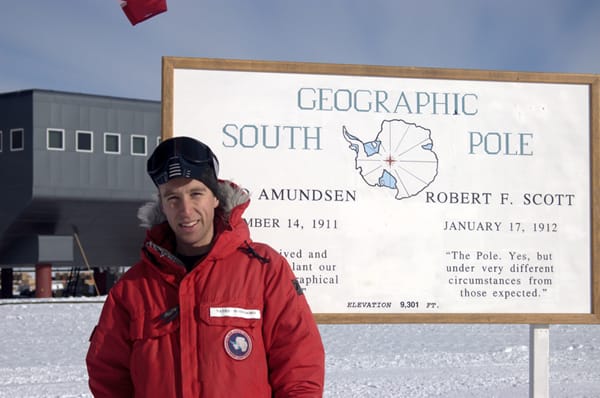
Nathan Whitehorn, a postdoctoral researcher on the IceCube project at the University of Wisconsin-Madison, has been named a “Young Star” by the Division of Astrophysics of the American Physical Society (APS).
This award recognizes unique, high-impact contributions by division members early in their careers. Whitehorn will give a talk as part of the 2014 Early Career Recognition Lectures at a special session of the April 2014 APS meeting.
“It has been a great privilege to be able to work with the members of IceCube, and especially the group at UW-Madison, on this tremendously exciting discovery,” Whitehorn says.
Whitehorn joined the IceCube Collaboration in September 2007, when he started working with Professor Francis Halzen, of the Wisconsin IceCube Particle Astrophysics Center.
He has been an active member of the collaboration ever since, and has led two of the most important studies published so far.
His thesis research resulted in a paper, published in Nature in April 2012. He was also one of the lead researchers of a second paper, this time published in Science, which presented the first evidence of a flux of astrophysical neutrinos.
Whitehorn’s contributions to IceCube go beyond the scientific results. He has been an enthusiastic member of the team, improving IceCube analysis tools and techniques, which are being used by many other studies within the collaboration.
He has also engaged the youngest researchers in IceCube, helping them navigate through the complex data and software of a cubic-kilometer detector, such as IceCube.
Whitehorn will be leaving Madison at the end of February. He will be continuing his research at the University of California, Berkeley, as a postdoctoral associate, working with Professor Bill Holzapfel and Professor Adrian Lee on the South Pole Telescope and POLARBEAR experiments.